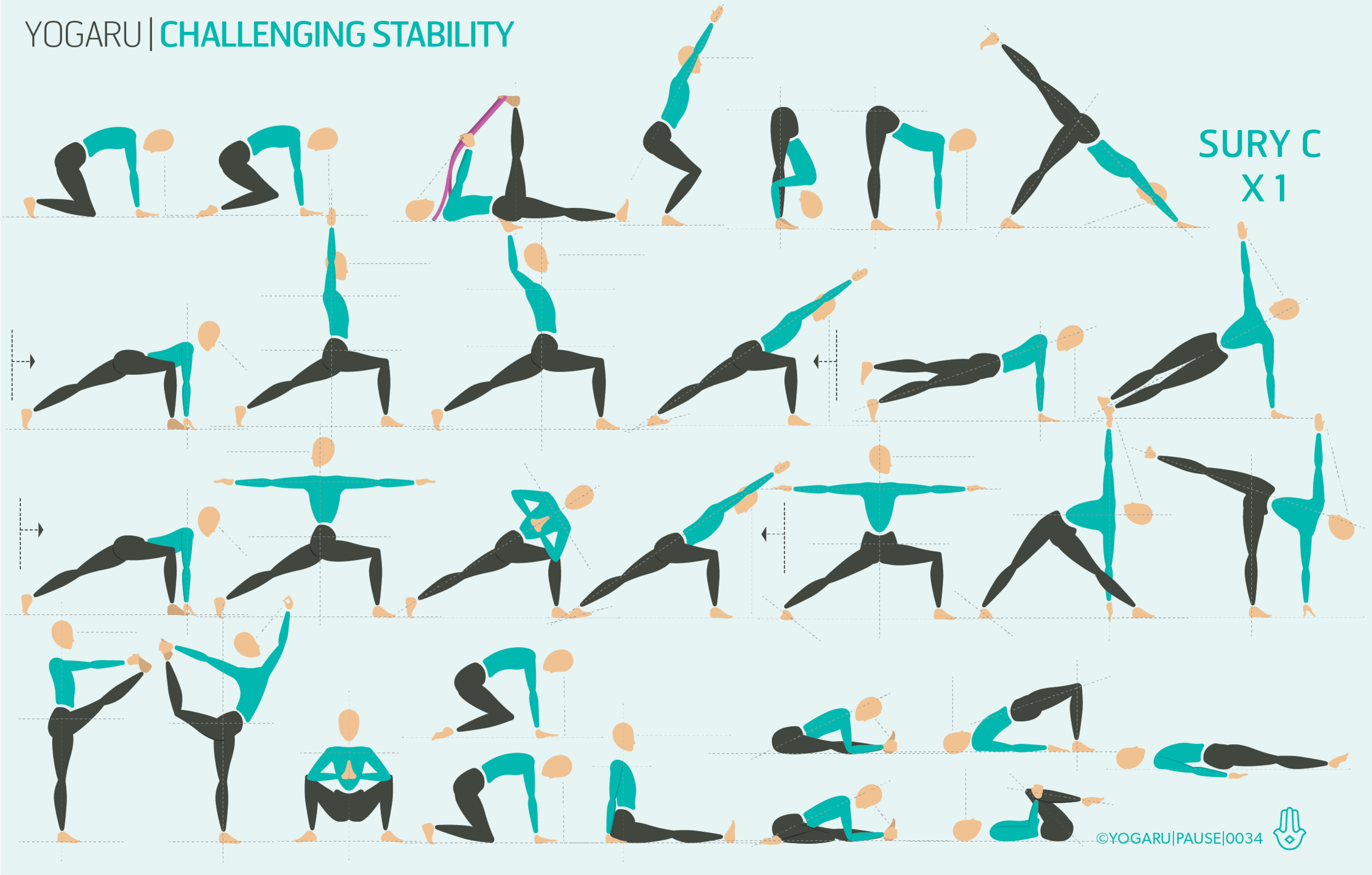ANATOMY MEETS SUBTLE BODY
In yoga, the midline is the foundation on which each asana is built. This vertical axis that bisects the whole body is more than of anatomical importance in yoga – referred to as the Sushumna, it is the central channel, or Nadi, through which pranic energy flows. It is also the line where you will find the seven Chakras, or energy centres, each bringing it’s own unique quality to the subtle body.
WHERE IS THE MIDLINE?
Drawing close to the midline in our practice makes us stronger, more supported and stable. It helps you to access the deep inner muscles of the body, and builds your asana from the inside out, rather than from the outside in. The midline travels from the tip of your crown, through the torso, bisects the pelvis, and doesn’t stop till it reaches your foundation. In standing asana the base of the midline is the ground between your feet; twisting poses wrap your outer body around the midline; in inversions, such as handstand, the midline is flipped, starting in the space between your feet, and ending on the ground between the palms of your hands. Some asana are easier to visualise the midline in. But it’s always there, supplying energy through your whole body!
EXPLORING THE MIDLINE IN YOUR PRACTICE
Try the above sequence to explore your midline. Before you start, stand in Tadasana/Mountain with a brick between your thighs. Bring your attention to your right side body, the right side of your face, right shoulder, right arm, right torso, right leg, right foot. Notice any areas of tension you might feel. Repeat on the left side. Then bring your attention to the midline, where right and left meet, from the inside out start to hug your body to the midline, using your brick to press against. Imagine you’re trying to make your body as narrow as possible. Press into the centre for three breaths, then release. Repeat once or twice till you get to know how the midline feels. Applying equal effort between right and left side.
Focus your attention on your midline in each asana (even while you run through your warm up Sun Salutations). Hug your outer hips to the midline with equal effort and zip your inner legs up from your inner ankle to your inner groin. Draw your navel in towards your spine and lengthen your spine to the tip of your crown. Press your hands/feet into the mat and drag them in towards the midline. Track your spine running along the midline and continuing on into the surface that supports you and beyond the tip of your crown!
To save the images for personal use click and hold down the image until the ‘save image’ option appears; on Mac hold down ‘control’ and click the image to get the option box; on PC right click on the image to get the option box. Scroll down in the ‘option box’ and click ‘save image’.
Ruth Delahunty Yogaru




